Logic Pro Tutorial: Vintage B3 In Detail – Step-by-Step 1
Here’s our step-by-step guide to Vintage B3… 1: The main principle behind the Vintage B3 is the drawbar system, with each drawbar representing a different harmonic in the harmonic series. The drawbars work like inverted faders, so that pulling the drawbar towards you raises the level of that harmonic. 2: It’s important to get to […]
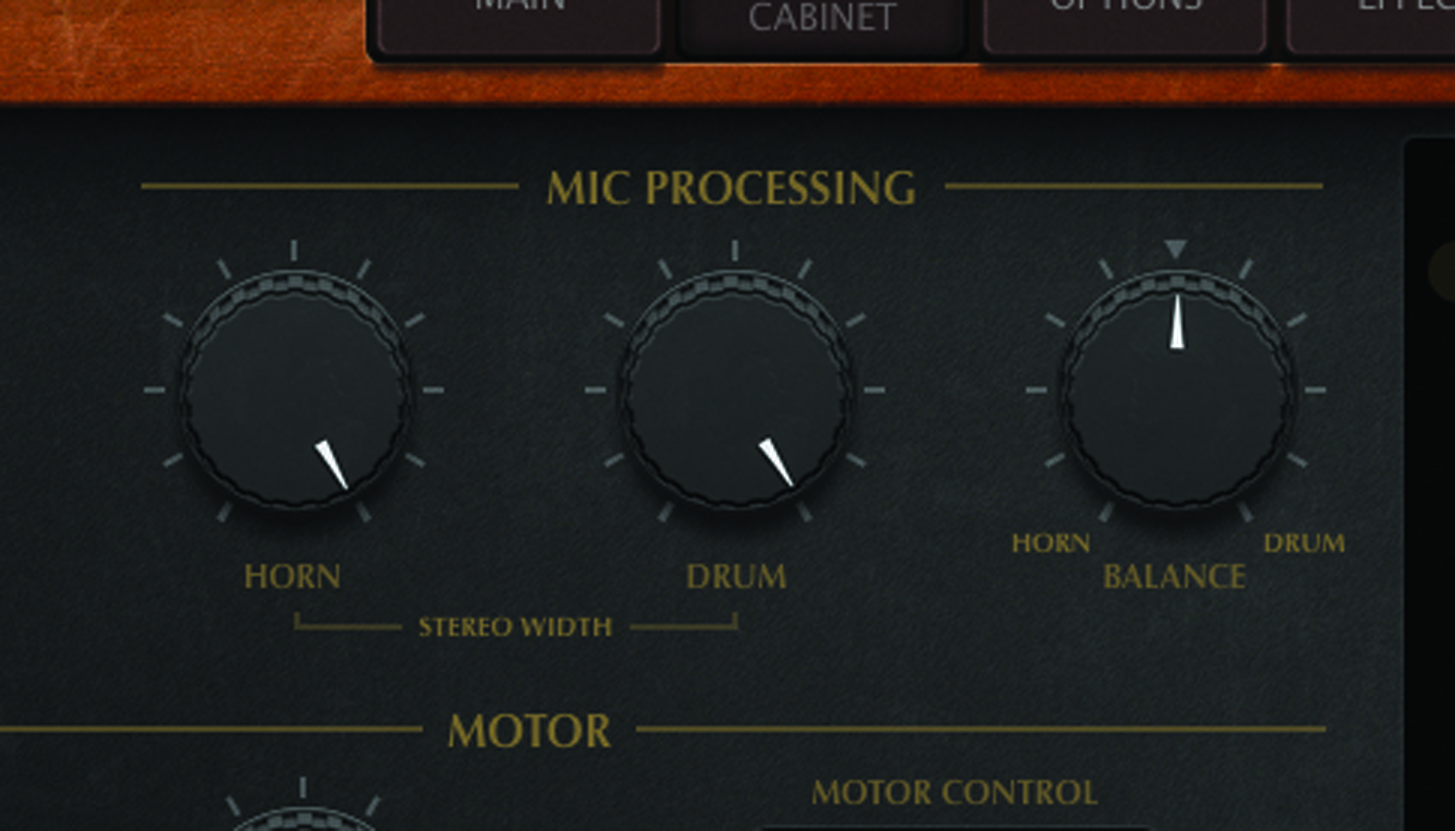
Here’s our step-by-step guide to Vintage B3…
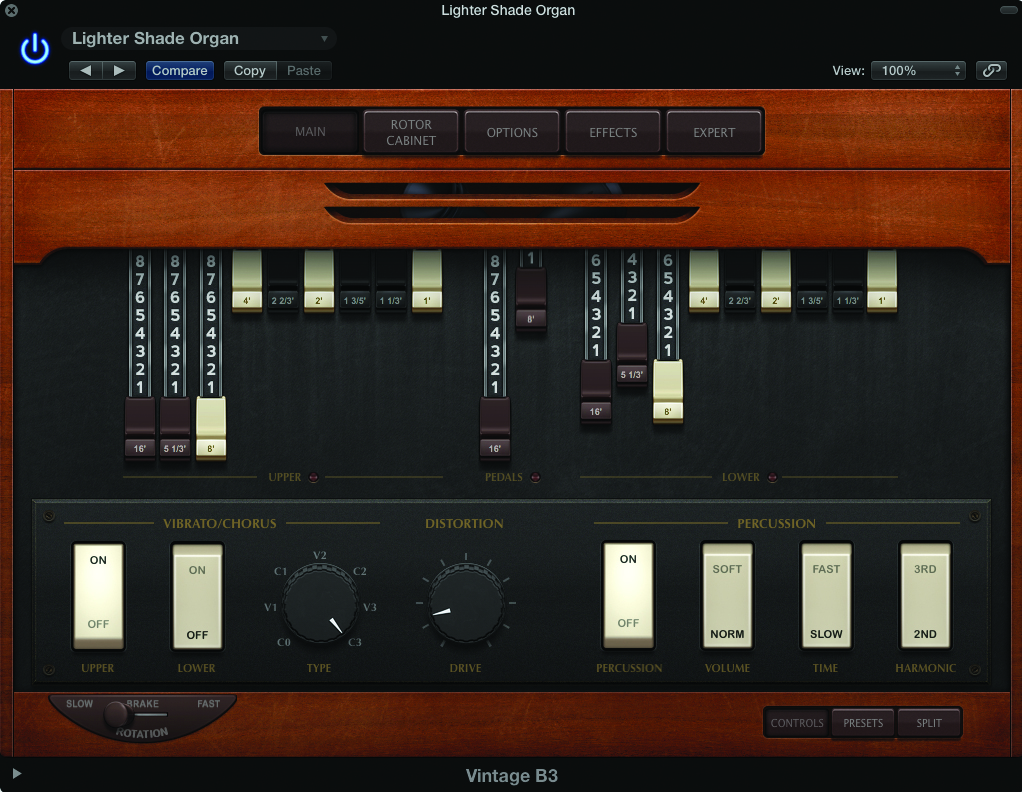
1: The main principle behind the Vintage B3 is the drawbar system, with each drawbar representing a different harmonic in the harmonic series. The drawbars work like inverted faders, so that pulling the drawbar towards you raises the level of that harmonic.
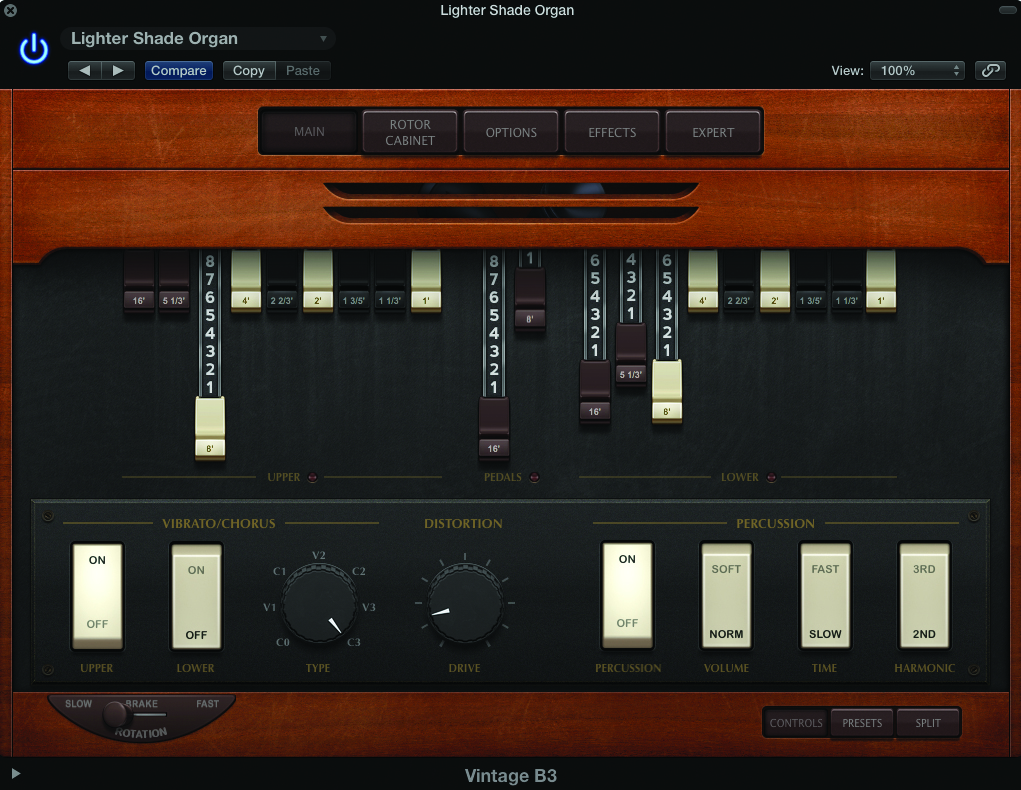
2: It’s important to get to know the sound of each drawbar. Start by turning down all the other drawbars in the Upper Manual and then raise the 8’ drawbar to its highest setting. The 8’ is the fundamental, as a concert A sounds at 440Hz.
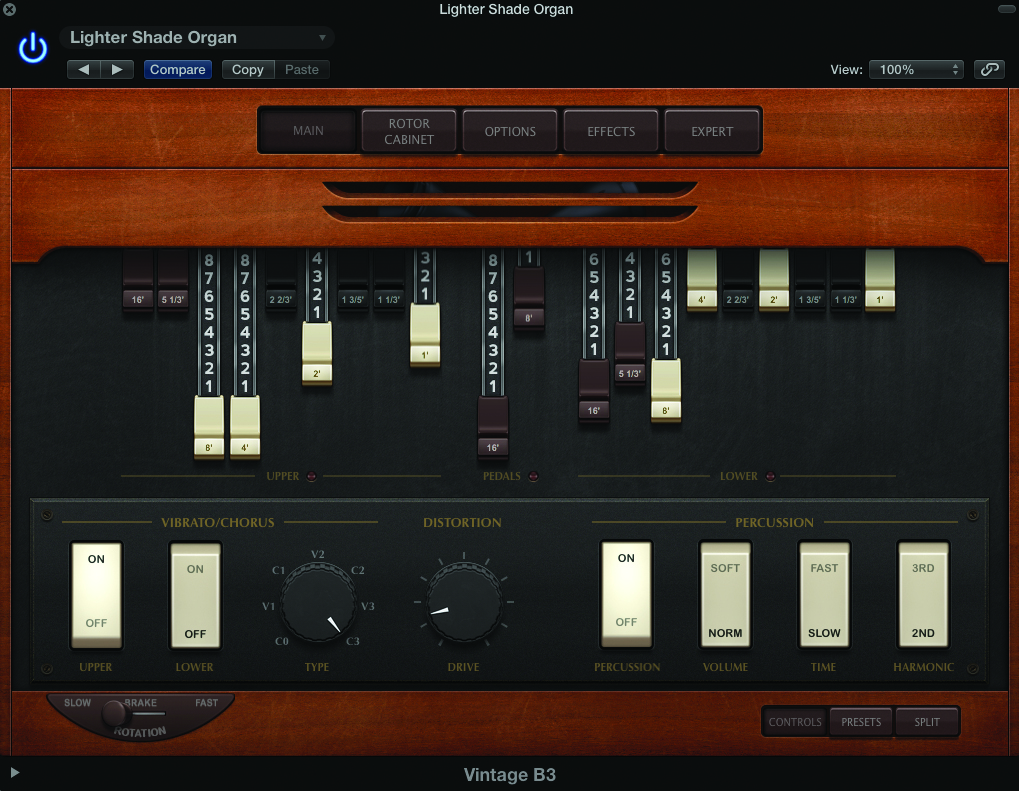
3: Now experiment by adding different proportions of the 4’, 2’ and 1’ drawbars. These add even-ordered harmonics, moving up an octave each time. The sound is relatively ‘pure’, although it becomes brighter as you add the upper drawbars into the mix.
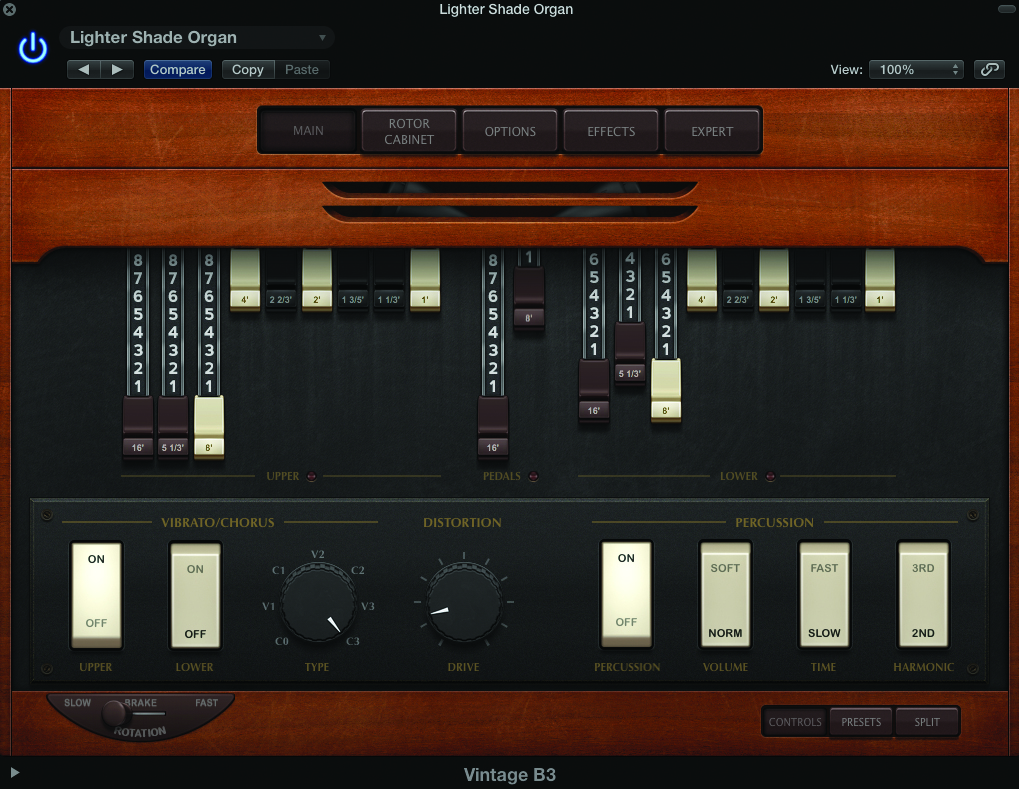
4: The two brown drawbars beneath the 8’ stop add subharmomics to the note, adding body and warmth to the sound. Indeed, a good ‘vanilla’ Hammond sound is the first 3 drawbars pulled out (88 8000 000) to their maximum setting.
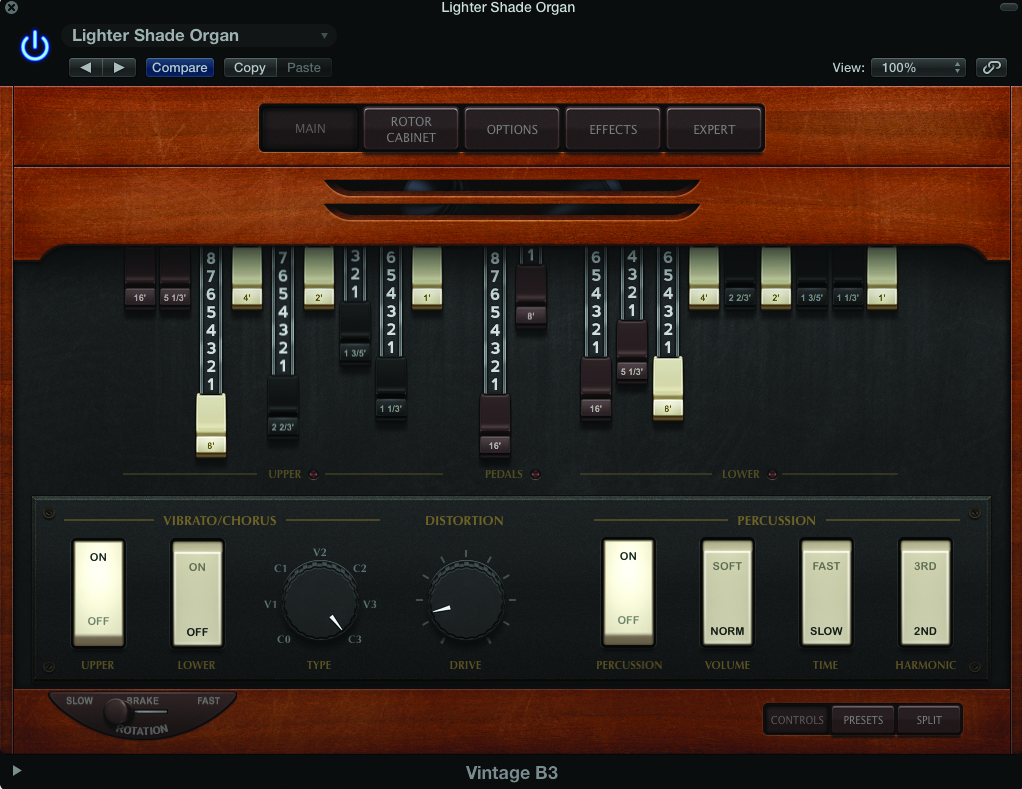
5: The black drawbars add odd harmonics, which tend to have a more nasal-like tone when used on their own. Added selectively to the basic 88 8000 000 patch, the 2 2/3’, 1 3/5’ and 1 1/3’ stops add some distinctive colour the upper harmonics.
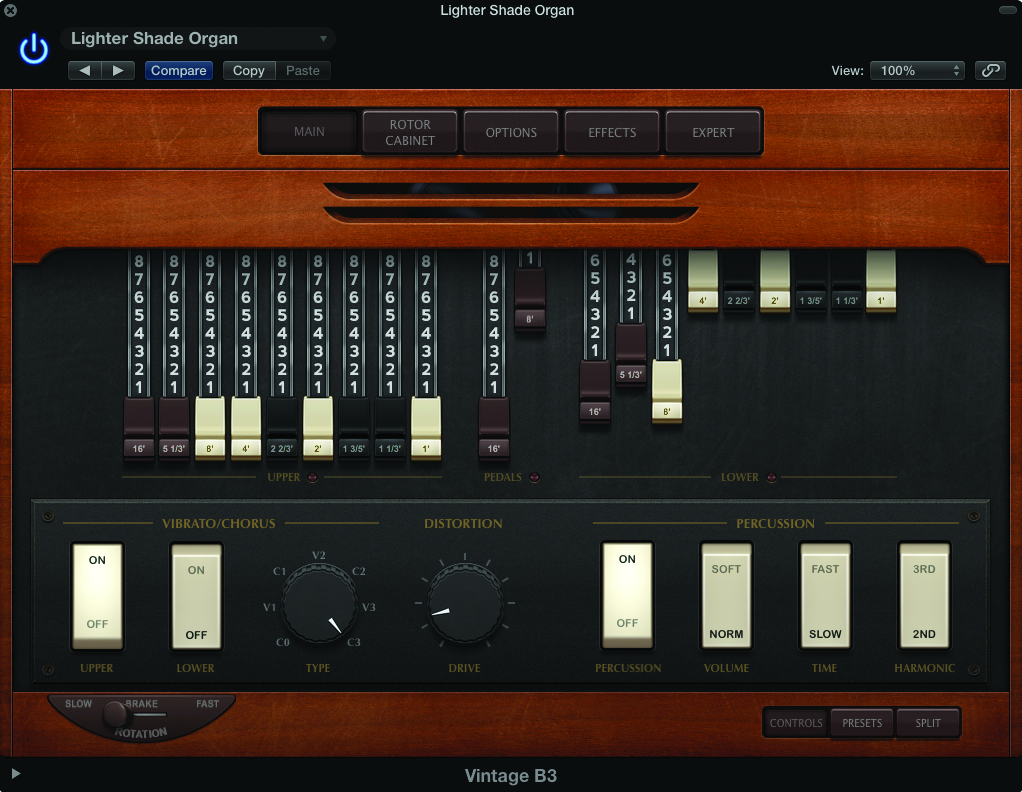
6: When you want a really full-bodied organ sound, there’s no other option but to ‘pull out all the stops’ and have all the drawbars on their maximum setting. This provides a rich, pipe organic-like tone that will cut through any mix.
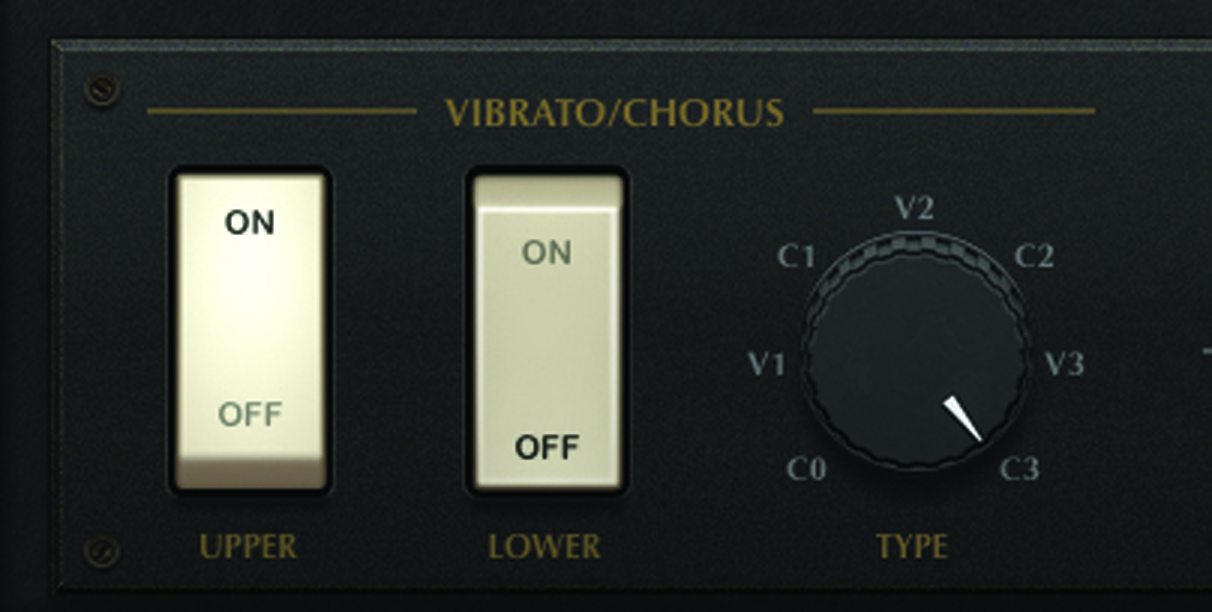
7: The Vibrato/Chorus controls in the bottom left emulate the original lo-fi scanner vibrato effect included in the original. There are three variations for each effect (Vibrato or Chorus) selectable with the Type control, and a switch to set which manual has the effect.
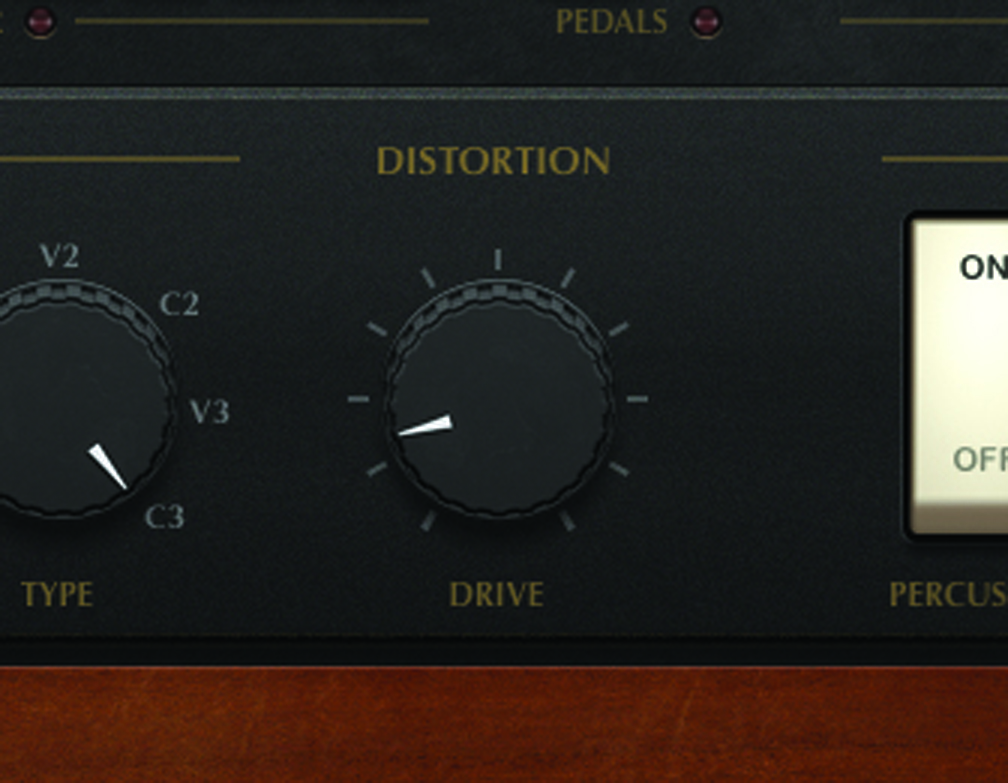
8: Depending on the age and condition of the instrument, distortion played a big part in the distinctive ‘growling’ sound of the B3. Try experimenting with the drive – using less distortion on light, shimmering chord sequences, and more for searing lead line.
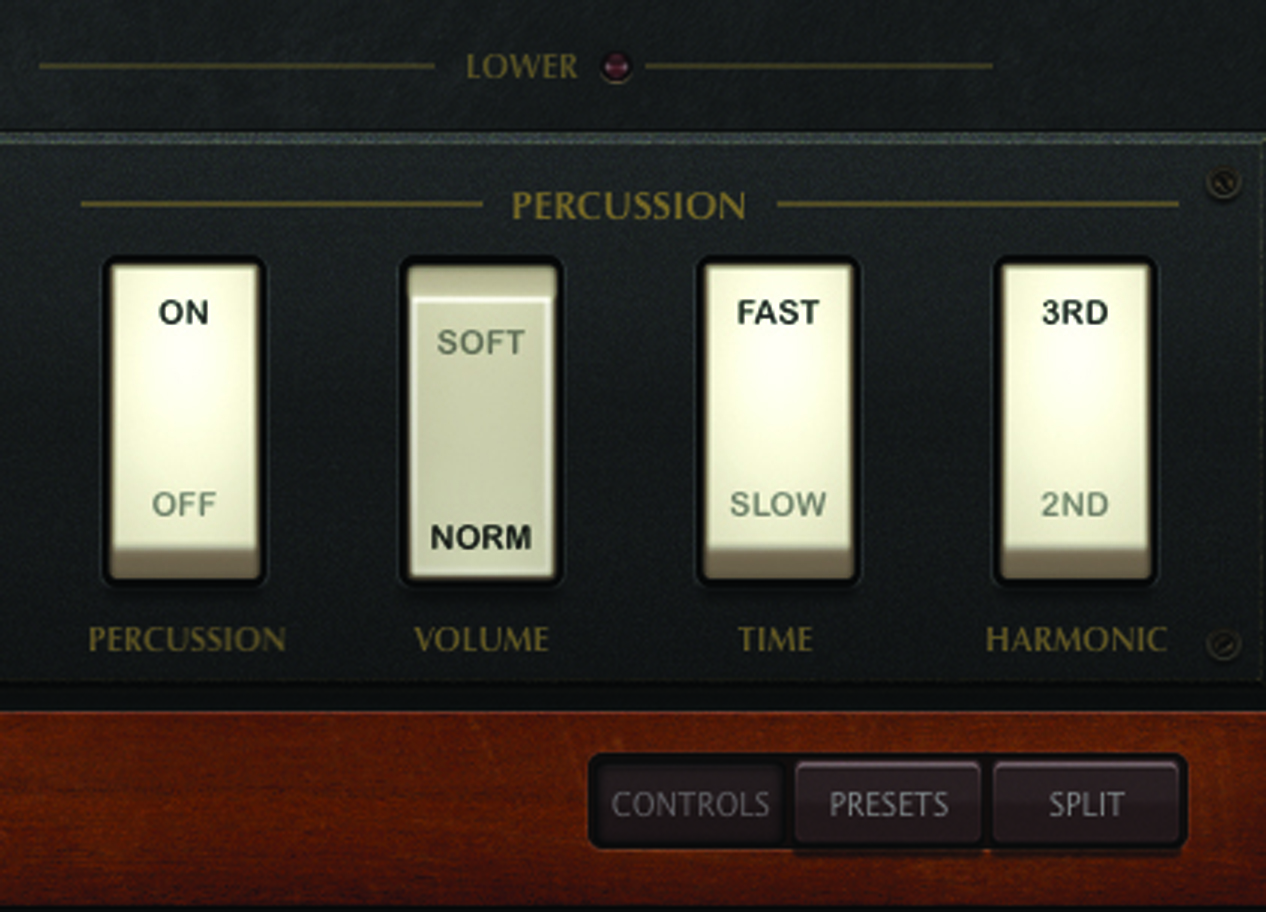
9: Percussion adds a distinctive edge to the front of the note, and is a key component in the classic house music organ bass sound. Set Percussion to On, Volume to Norm, Time to Fast and use the 3rd Harmonic.
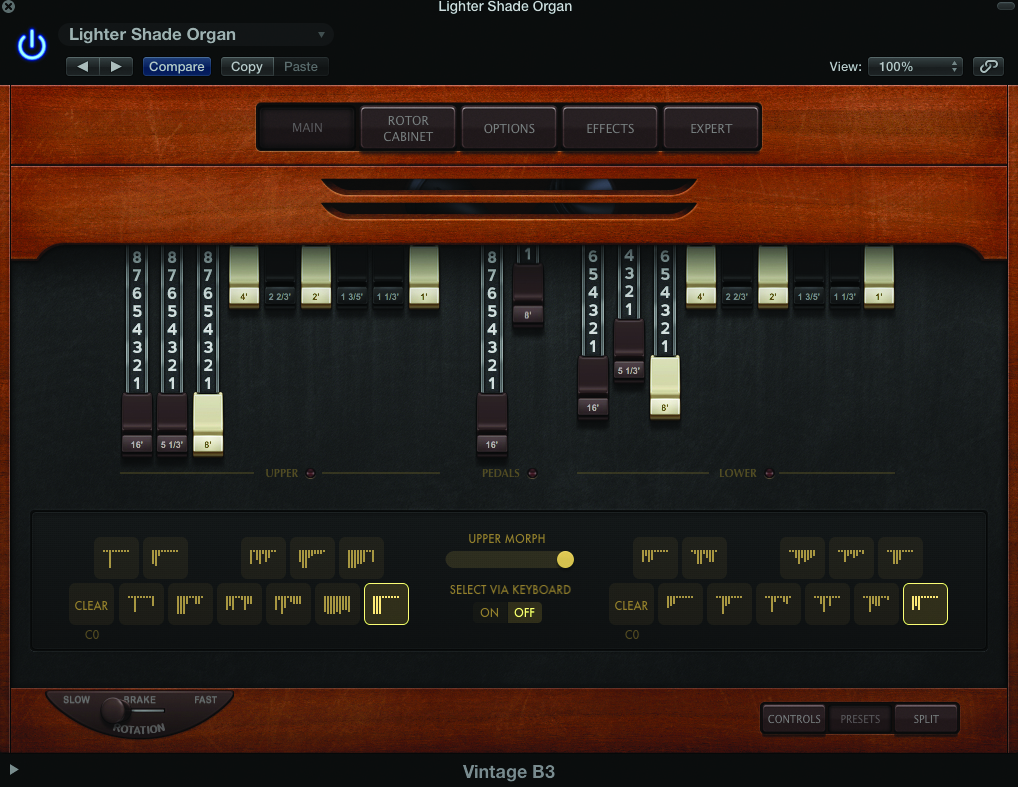
10: One often forgotten feature of the Hammond was its in-built preset switching system using the lower reverse-coloured keys. Press the Presets tab in the lower right-hand corner to see this active on the Virtual B3, with a small icon to indicate the setting.